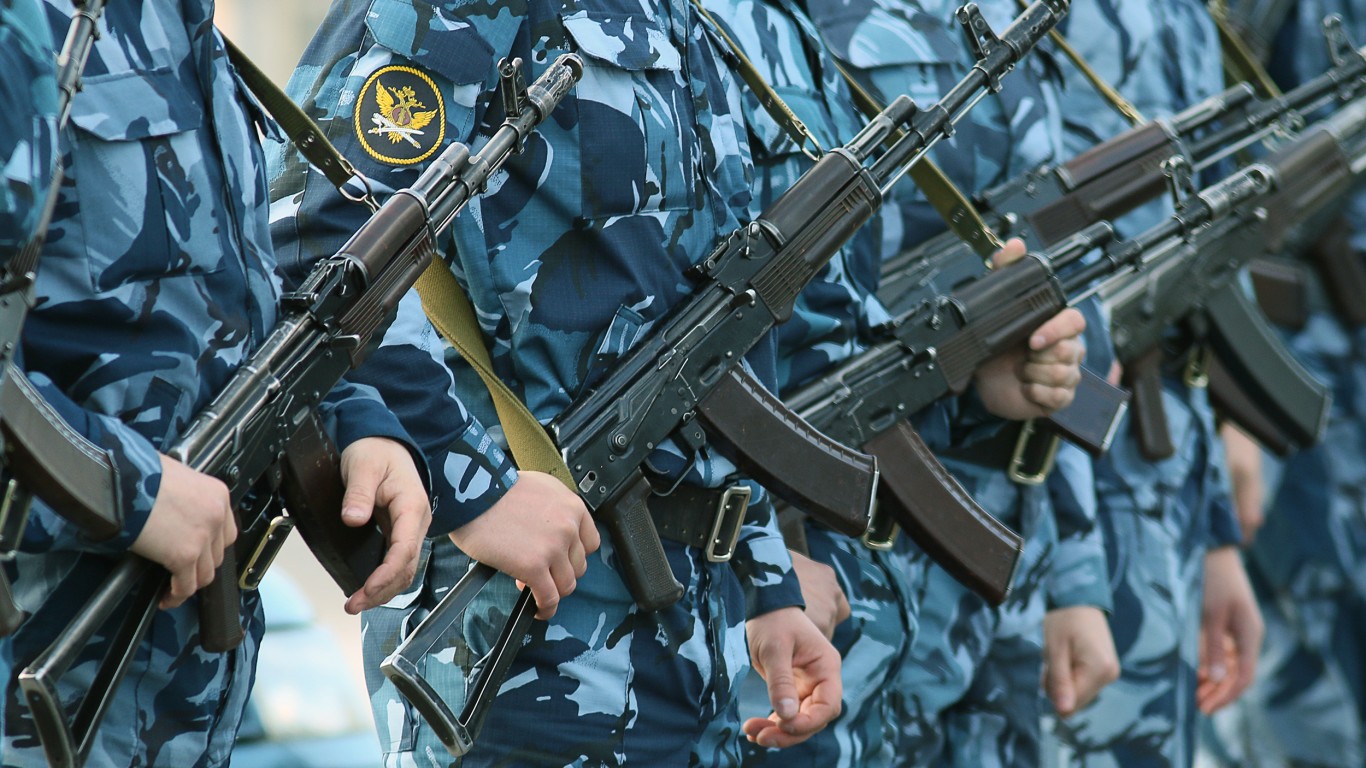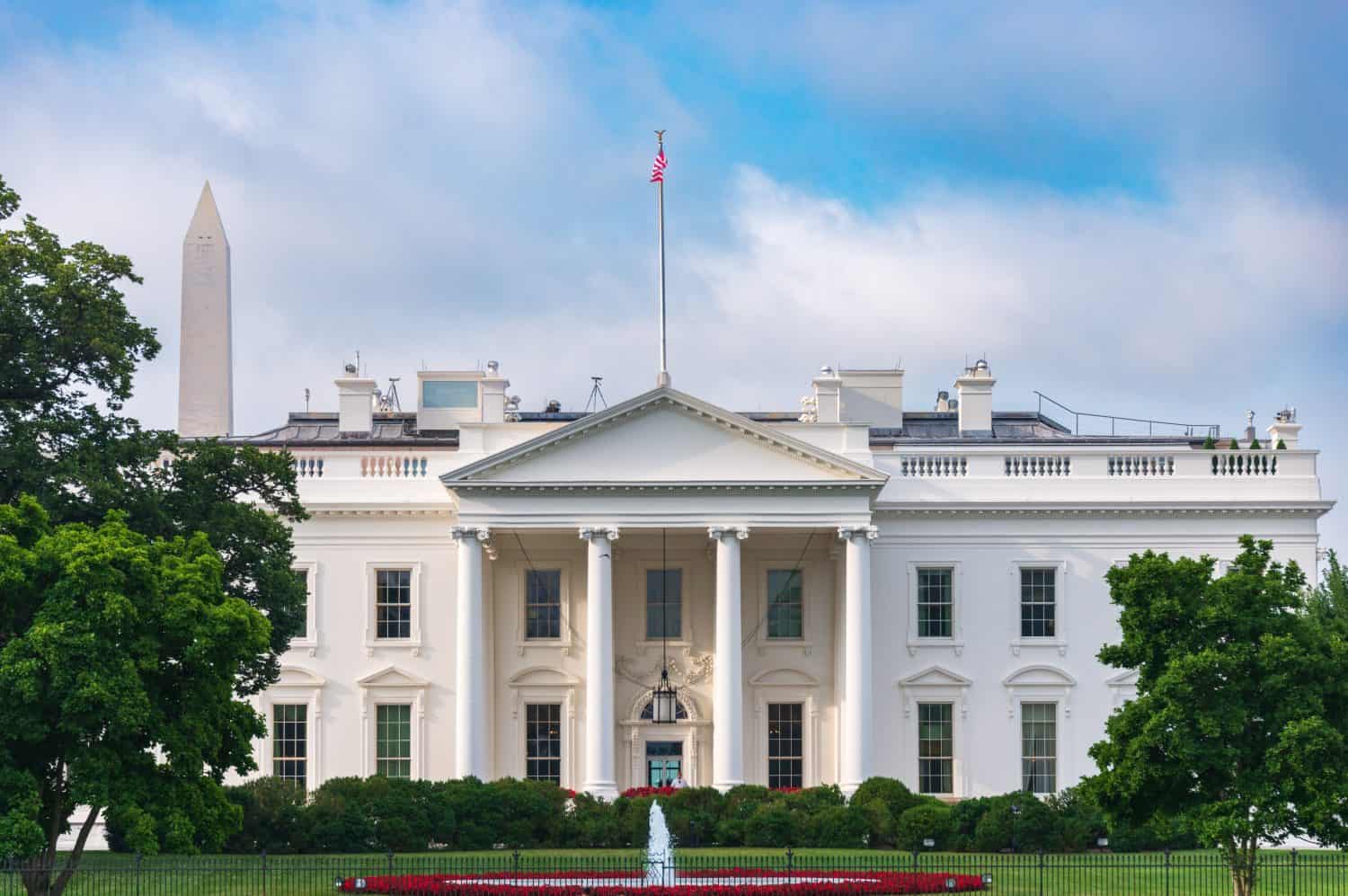
On November 5, 2024, American voters will go to the polls in one of the most important presidential elections in modern history. The consequences of the choice the American public makes in November will be felt across the world. Many current geopolitical disputes could hinge upon this election’s outcome. This article will look at one area of sharp disagreement between the two candidates: American support for Ukraine.
Why This Matters
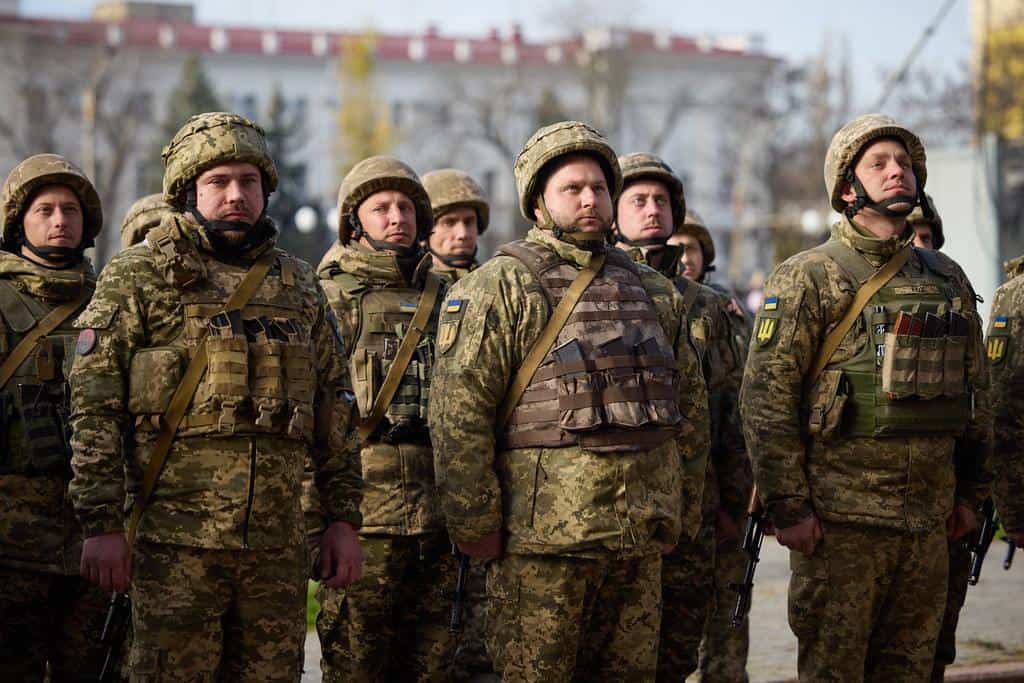
Ukraine defied expectations with its fierce resistance to the Russian invasion that began in 2022. Two years into the conflict, Kyiv continues to hold out but its continued resistance rests heavily on foreign aid. The United States was a key ally in the war’s early stages but political squabbles from 2023 onward derailed American support. The winner of the US Presidential election will have an enormous bearing on the war’s outcome.
Historical Context
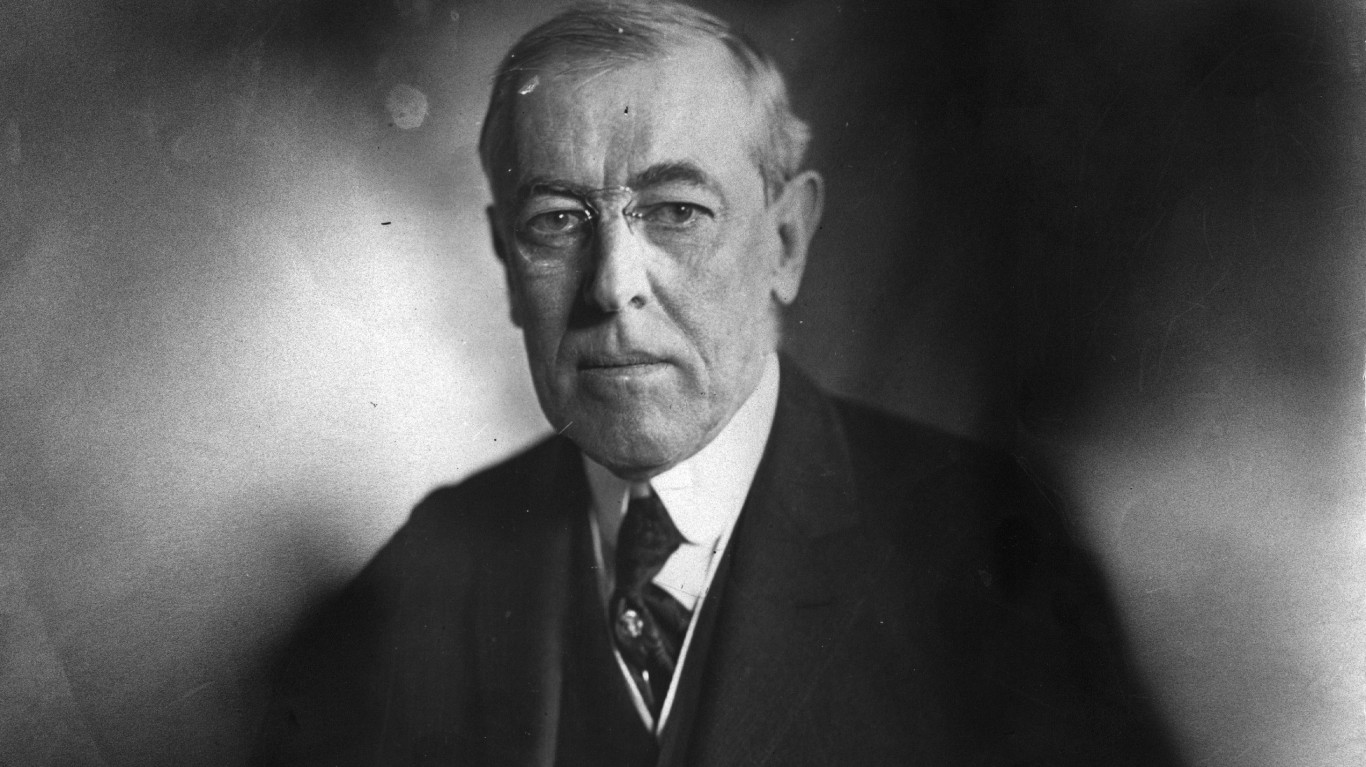
Historically, the American public has been skeptical about the United States taking sides in foreign disputes. In 1916, Woodrow Wilson ran on his record of keeping the United States out of the First World War. American involvement in that conflict remained controversial and deeply divisive. Eugene Debs gained over a million votes in the 1920 Presidential Election from his prison cell after he was sentenced for speaking out against the war.
The American public remained unconvinced about the Second World War until Pearl Harbor. Opinion polls consistently showed the American people were firmly against intervention until December 1941. More recent military ventures in Vietnam, Afghanistan, and Iraq suffered from hemorrhaging public support over a perceived lack of progress rather than any major battlefield reverses.
So there’s nothing particularly new or novel about Donald Trump’s insular worldview. His America-first rhetoric has always had a home with a portion of the American public. Whether this will move enough political support to recapture the White House remains to be seen.
Trump and NATO
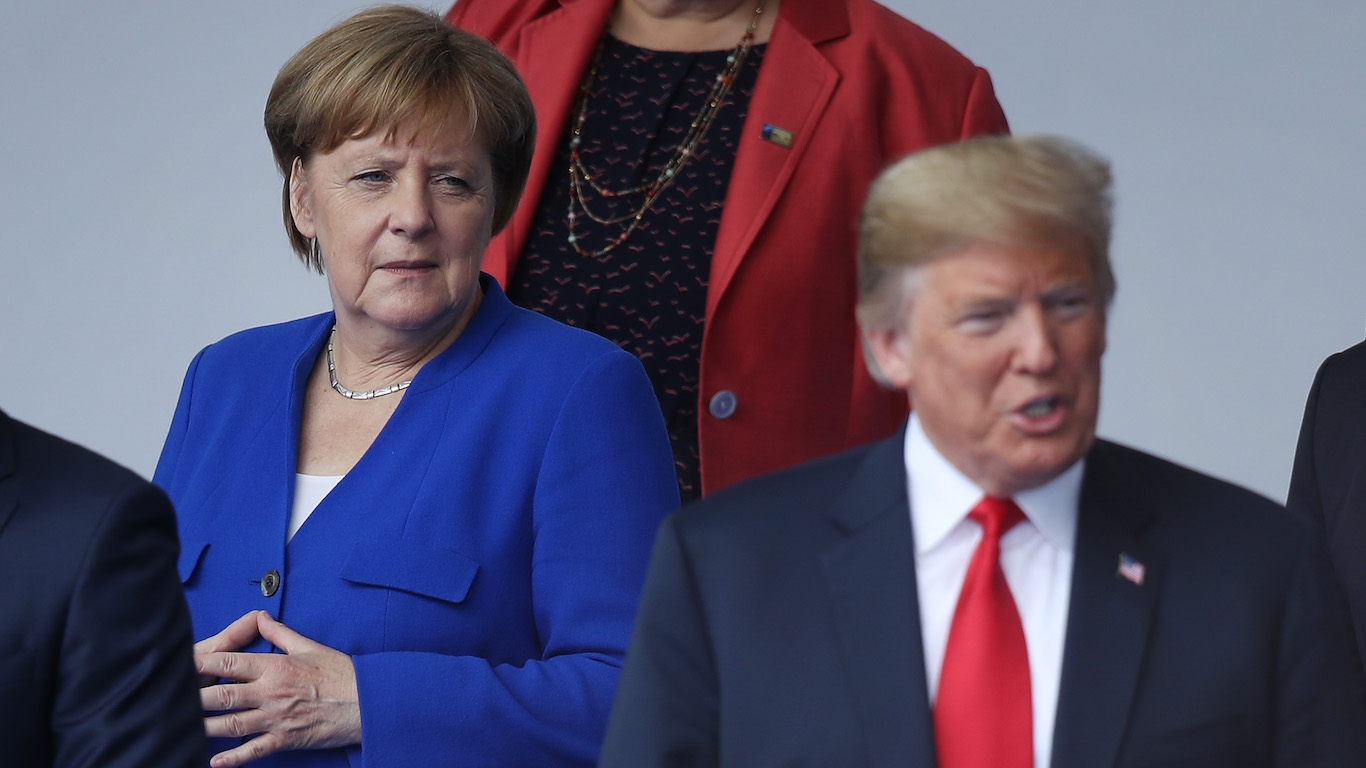
According to a 2014 agreement, NATO members must spend 2% of their GDP on defense. Just five members met that obligation at the time. Then-President of the United States Barack Obama called for NATO members to pick up more of the defense burden in the wake of Russia’s annexation of Crimea. At the time, just five members met that spending goal and it became one of Donald Trump’s main talking points during his first presidential campaign and has been a consistent line of attack ever since.
While Trump’s predecessors, from Eisenhower to Obama, have also raised concerns about NATO members not pulling their weight, the 45th President’s statements have gone much further. He suggested that the United States would not defend any member falling below the 2% target. Article 5 of the founding treaty of NATO explicitly states that an attack on one member is an attack on all. To date, only the United States has ever invoked Article 5, in the aftermath of 9/11.
Though it undermines the foundational treaty of NATO, Trump continues to call for a two-tiered system if he wins a second term. Only those who meet the spending goals will be protected by the United States. Since the Russian invasion of Ukraine, there has been a huge upturn in defense spending among NATO members. Now, a clear majority of members meet the 2% goal. Trump’s exact position vis-à-vis America’s involvement in NATO is hard to extract from the rhetoric employed on the campaign trail. However, another Trump administration would probably seek to take a backseat in Europe and pivot towards Asia.
Possible Ukraine Outcomes

On the campaign trail, Trump has vowed to end the war in Ukraine quickly though hasn’t outlined exactly how peace will be achieved. He has shown indifference towards Ukraine, arguing that continuing to support Kyiv is not in American interests. It is unlikely many future spending bills containing military aid to Ukraine will be passed. In his first term, he showed a willingness to negotiate with adversarial regimes, so it is likely he would attempt to broker peace between Russia and Ukraine.
The sticking points for Putin are easier to overcome. Limited territorial gains and the promise of no further NATO expansion in Eastern Europe (Ukraine and Georgia) might be enough to persuade Russia to end the war. However, convincing Ukraine to settle will be a much tougher sell.
Ukrainian leader Volodymyr Zelenskyy has been forthright about his war aim: total victory and liberation of Russian-occupied territory. His frequent requests for aid have not always been well-received even by his strongest supporters in Europe and Washington. It is unlikely Trump would be more receptive to Zelenskyy’s wishes. Ukraine might not be compelled to sign a peace deal immediately, but without substantial military aid, Kyiv can only hold out so long.
Political Considerations

Of course, the 2024 election is about much more than who occupies the White House. The entire House of Representatives and 33 Senate seats are up for grabs. Though the GOP’s narrow majority in the House is in serious jeopardy, the outlook is more favorable in the Senate. The Democrats hold a razor-thin majority propped up by four independents. With Joe Manchin retiring, West Virginia is a certainty to flip to the Republicans. There are several other seats the GOP could pick up including Arizona, Michigan, Montana, Nevada, and Ohio.
Even if the stars align for Trump and the Republicans gain the government trifecta, passing major legislation will be an uphill battle. Trump struggled to get his agenda through the 115th Congress before losing the House in 2019. Ukraine will be a divisive issue for the Republican party if they succeed in 2024 as several GOP House members support Ukraine. Trump may find his options toward Ukraine limited by his own party.
Another important factor to consider is Trump’s running mate. As Vice-President of the United States, JD Vance could be the tie-breaking vote in the Senate. Moreover, with Joe Biden pulling out of the 2024 election, Trump will be the oldest presidential candidate in American history. It is a statistical probability that Vance may assume the presidency before Trump’s second term is up. Vance’s public statements suggest he shares Trump’s ambivalence towards Ukraine, as a candidate for the Senate in a 2022 interview he said:
I don’t really care what happens to Ukraine one way or the other.
In February 2024, he offered his opinion on how the conflict might end during a security conference held in Munich:
I think what’s reasonable to accomplish is some negotiated peace. I think Russia has incentive to come to the table right now. I think Ukraine, Europe, and the United States have incentive to come to the table. That is going to happen. This will end in a negotiated peace. The question is when it ends in a negotiated peace and what that looks like.
European Support
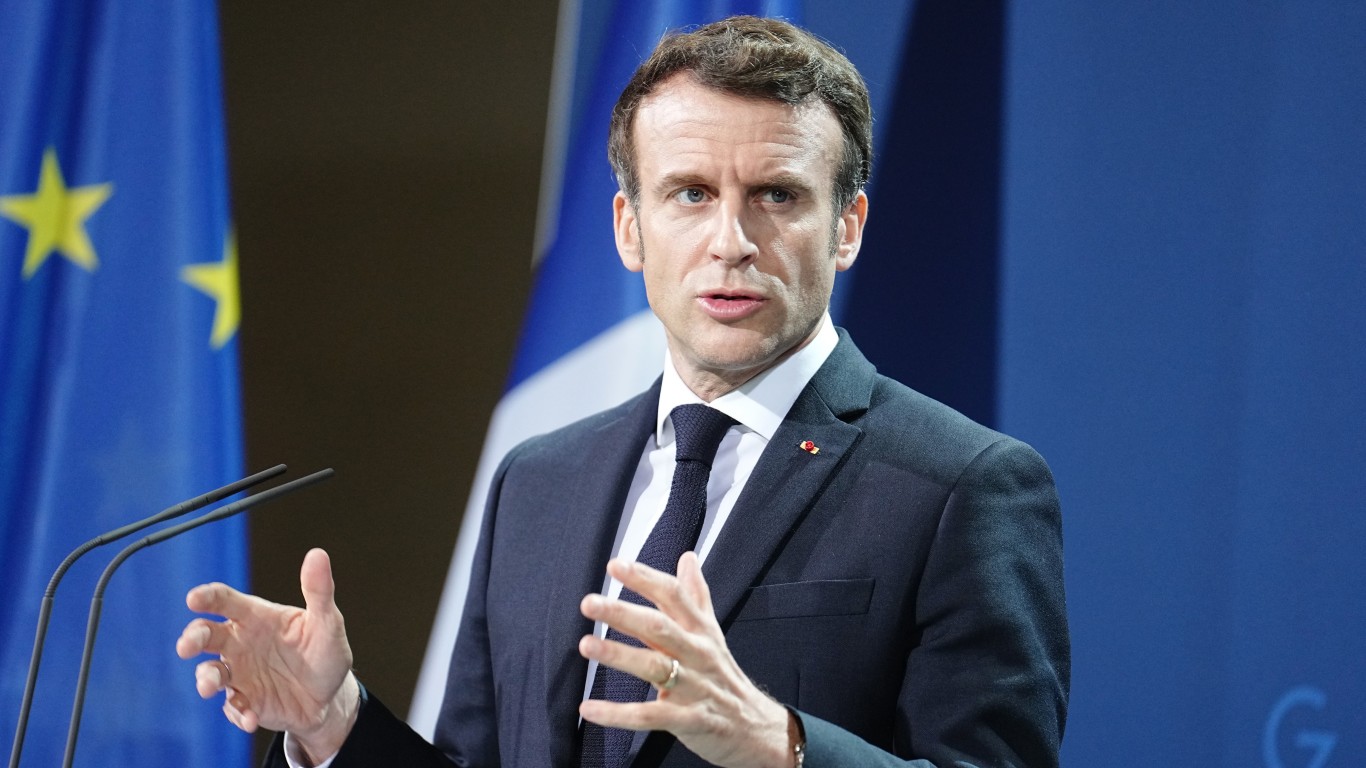
Without aid from the United States, Europe is Ukraine’s only hope for a favorable outcome. Support from Europe has markedly increased since 2023, especially with Germany and Nordic countries. French President Emmanuel Macron has made some of the most bellicose statements from a European leader, but his comments have not yet been backed up with major support.
A spate of long-term security deals with European nations shows that Europe is in it for the long haul. However, European arms manufacturing lags far behind the United States and there’s little prospect of bridging that gap in the short or even medium term. At best, European aid can only delay the inevitable. Ukraine cannot sustain an effective war effort without the United States. Efforts by European members to “Trump-proof” NATO are unlikely to succeed.
Conclusion

It’s fair to say that continuing aid for Ukraine will not be a major priority for a second Trump term in the White House. Trump and his running mate’s well-documented skepticism over NATO and disinterest in Eastern Europe mean Ukraine probably won’t be able to count on American support in the future. European allies are providing a lifeline but simply do not have the production capacity to make up for the absence of American support.
If Trump wins the 2024 election, a settled peace brokered by the United States is the most likely outcome. Ukraine will almost certainly permanently lose Crimea. Luhansk and Donetsk in the Donbas region are also likely to be ceded in a peace agreement. Ukraine’s NATO aspirations are also unlikely to be realized if Trump retakes the White House.
It’s Your Money, Your Future—Own It (sponsor)
Retirement can be daunting, but it doesn’t need to be.
Imagine having an expert in your corner to help you with your financial goals. Someone to help you determine if you’re ahead, behind, or right on track. With SmartAsset, that’s not just a dream—it’s reality. This free tool connects you with pre-screened financial advisors who work in your best interests. It’s quick, it’s easy, so take the leap today and start planning smarter!
Don’t waste another minute; get started right here and help your retirement dreams become a retirement reality.
Thank you for reading! Have some feedback for us?
Contact the 24/7 Wall St. editorial team.

